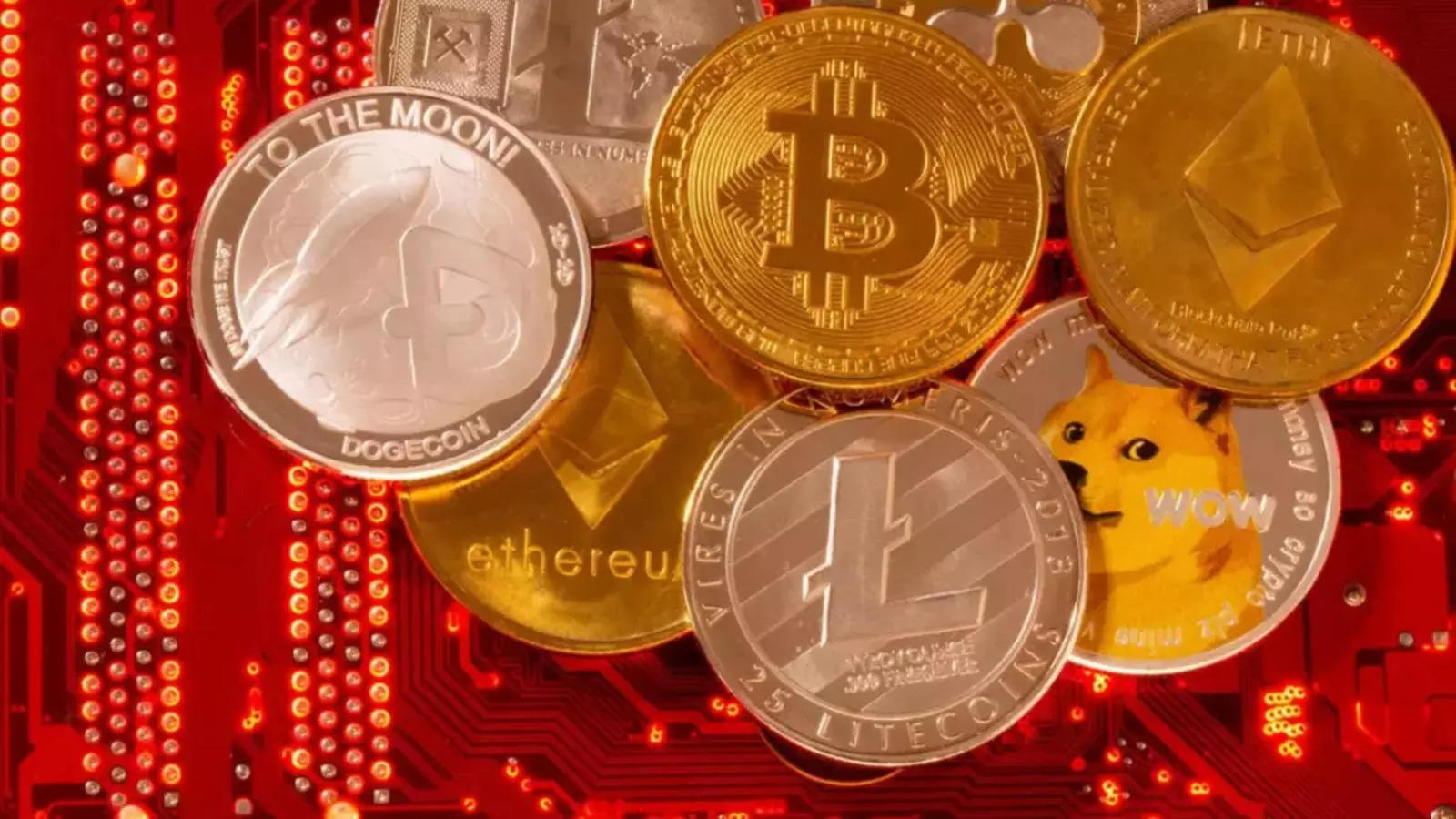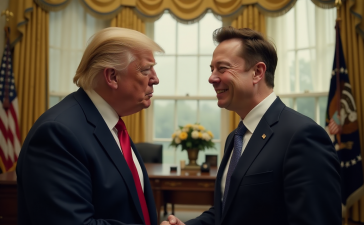
Mirae Asset Mutual Fund recently issued an advisory that “Our international ETFs are trading at a significant premium since market makers are not allowed to create new units to cater to the demand due to restrictions on subscription of international funds for the mutual fund industry by Sebi.”
Important Advisory
Investors please take note that our international ETFs are trading at significant premium, since market makers are not allowed to create new units to cater to the demand due to restrictions on subscription of international funds for mutual fund industry by SEBI https://t.co/kBra28KpM1— Mirae Asset ETF (@MiraeAssetETF) April 22, 2024
Zerodha also tweeted and informed the investors that “Several ETFs investing in international securities are trading at a premium compared to their Indicative Net Asset Value (iNAV). This is because of restrictions on international investments due to these ETFs hitting overseas investment limits.”
Several ETFs investing in international securities are trading at a premium compared to their Indicative Net Asset Value (iNAV). This is because of restrictions on international investments due to these ETFs hitting overseas investment limits. pic.twitter.com/DkNan3pmII
— Zerodha (@zerodhaonline) April 26, 2024
As per the market regulator, the overall investment limit of $1 billion is about to be breached. Sebi asked mutual funds to value utilisation of overseas investment limits at the cost of acquisition and not as per current market prices.When an investor purchases a mutual fund, they look at NAV and similarly, when they buy an ETF, they look at the market price of that particular ETF. The intraday value of an ETF is different from the last traded price (LTP). When the regulator imposes restrictions on fresh inflows in the overseas ETFs, the creation of new units is not possible but the existing units can be bought and sold without any restriction or problem. A investor needs to check two important things before purchasing any ETF:
- The price of an ETF is based on the demand and supply of ETF on the stock exchange it is trading
- The indicative NAV is the fair value of the ETF or can be considered the current market value of the underlying holdings.
The price of some ETFs are in line with their ETF but when the market is volatile there can be a gap between the price of the ETF and the NAV. If the price of the ETF is above the NAV, then the ETF is said to be trading at a premium. On the other hand, if the price of the ETF is below NAV, then the ETF is said to be trading at a discount.











